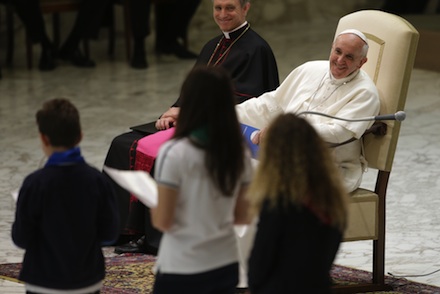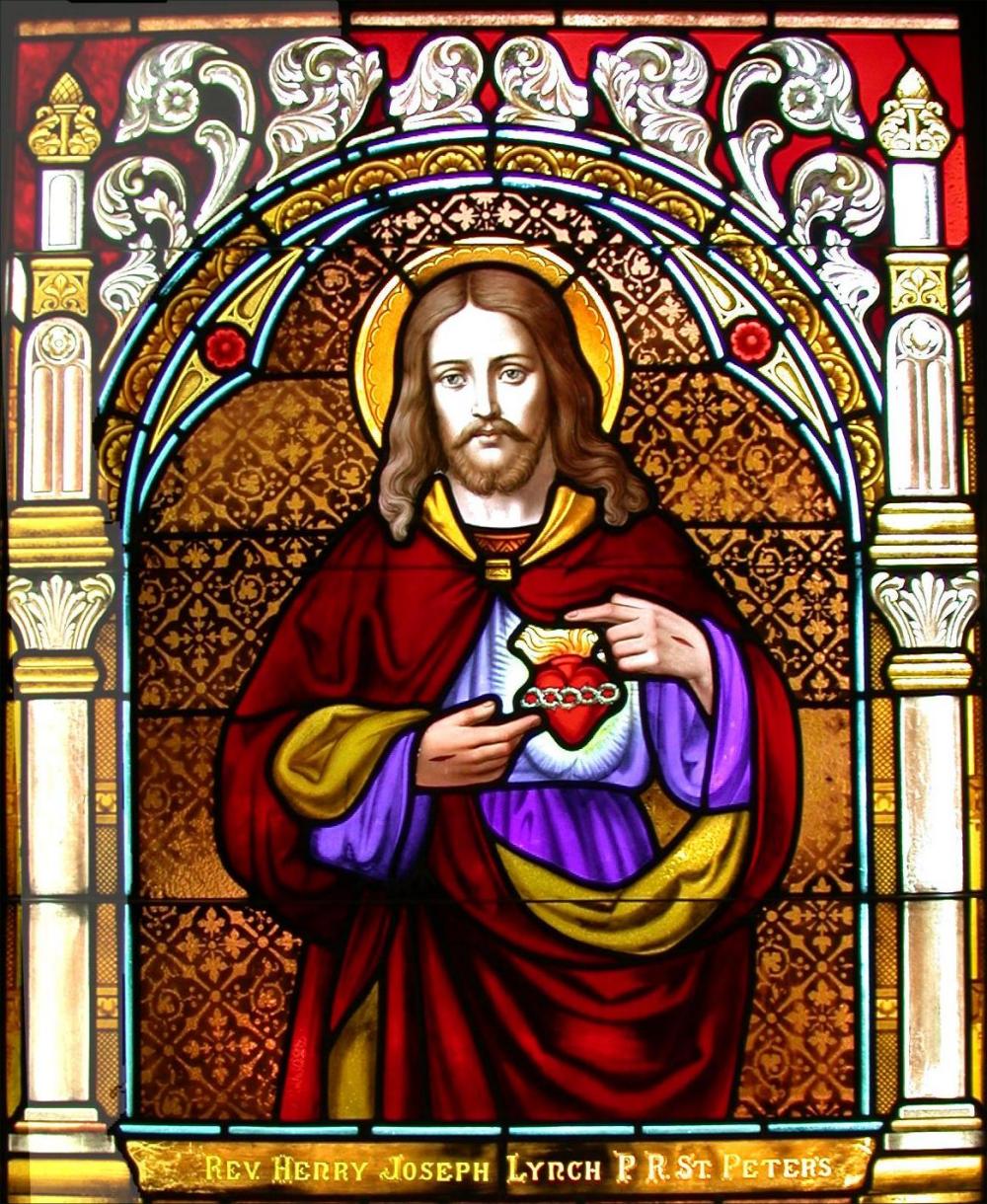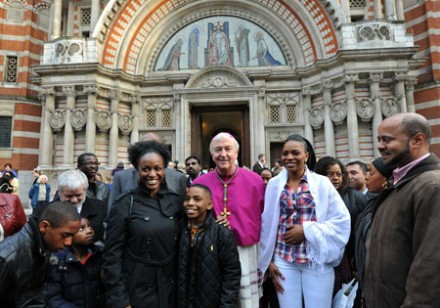50 Years Ago: The Beatles Write ‘She Loves You’
It went on to become the Beatles‘ biggest-selling U.K. single and arguably their defining song, but in the summer of 1963, ‘She Loves You’ was just the latest bid for worldwide success from a band whose music had yet to take over the world.
The song started coming together on June 26, 1963, a day in which, as Paul McCartney later recalled, “We were in a van up in Newcastle somewhere, and we’d just gone over to our hotel. I originally got an idea of doing one of those answering songs, where a couple of us sing about ‘she loves you’ and the other one sort of says the ‘yes, yes’ bit. You know, ‘yeah, yeah’ answering whoever who is saying it. But we decided that was a crummy idea anyway. But we had the idea of writing a song called ‘She Loves You’ then. And we just sat up in the hotel bedroom for a few hours and wrote it.”
Continued McCartney, “I suppose the most interesting thing about it was that it was a message song, it was someone bringing a message. It wasn’t us any more, it was moving off the ‘I love you, girl’ or ‘Love me do,’ it was a third person, which was a shift away. ‘I saw her, and she said to me, to tell you, that she loves you’ so there’s a little distance we managed to put in it which was quite interesting.”
After finishing it the next day at McCartney’s house (where his father reportedly wondered why they couldn’t sing “She loves you, yes, yes, yes” instead of “yeah, yeah, yeah”), the band headed into the studio on July 1, where they recorded ‘She Loves You’ (as well as its eventual B-side, ‘I’ll Get You’) during a five-hour session. Looking back, engineer Norman Smith admitted to not thinking much of the song at first — or at least the lyrics, anyway.
“I was setting up the microphone when I saw the lyrics on the music stand,” Smith recalled. “I thought I’ll just have a quick look. ‘She loves you yeah yeah yeah, she loves you yeah yeah yeah, she loves you yeah yeah yeah yeah.’ I thought ‘Oh my God, what a lyric! This is going to be one that I do not like.’ But when they started to sing it — bang, wow, terrific. I was up at the mixer jobbing around.”
Smith would eventually have plenty of company in that regard, but as it happened, ‘She Loves You’ didn’t take off right away in America; in fact, the band’s manager, Brian Epstein, had to do a fair amount of legwork just to secure a U.S. distribution deal for the single, even though it was already a hit in England. Turned down by Capitol, the American arm of their U.K. label, EMI, Epstein turned to a small Philadelphia-based outfit named Swan Records.
Swan initially had no luck with ‘She Loves You,’ but the song took on a new life after Capitol turned a subsequent single, ‘I Want to Hold Your Hand,’ into a Number One hit; reissued by Swan, it followed ‘Hand’ to the top of the charts, where it stayed until ‘Can’t Buy Me Love’ took over two weeks later. Beatlemania was in full swing, and the rest was history















